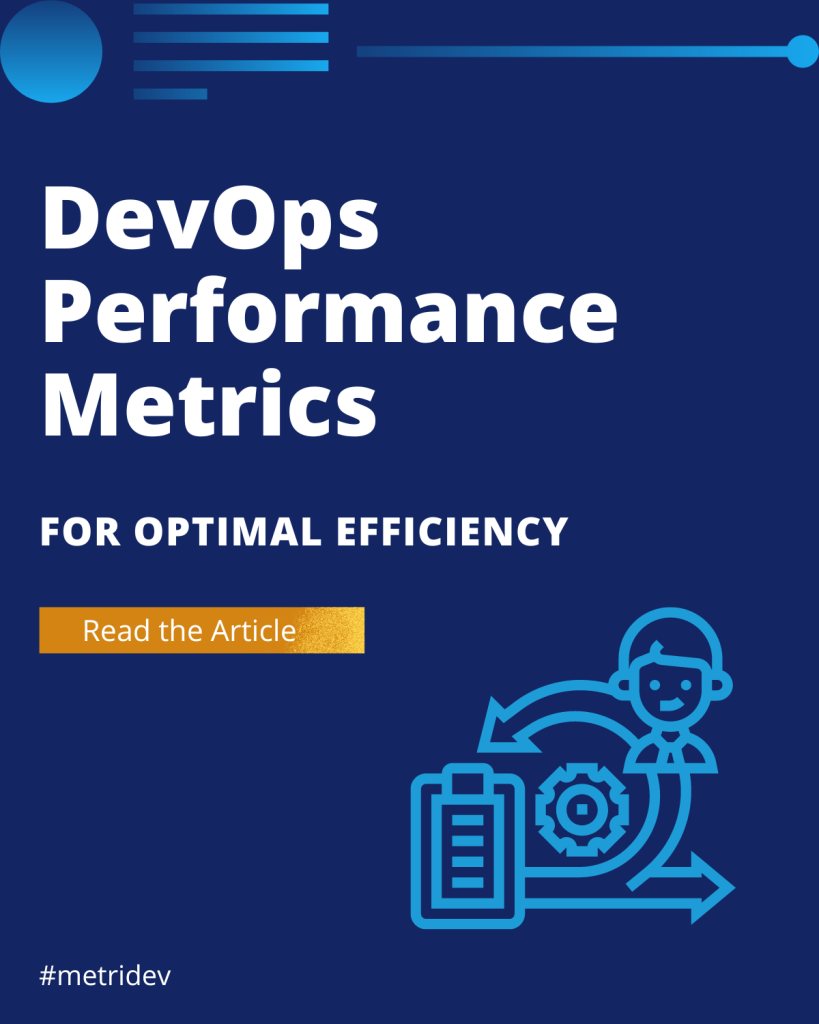Introduction
In the fast-paced world of software development, having a well-structured and comprehensive development plan is crucial for ensuring the success of any project. Development plan software has emerged as a powerful tool that can help businesses streamline their growth and achieve their goals more efficiently. This article will delve into the world of development plan software, exploring its importance, key features, best practices, and the top tools available in the market.
What is a Development Plan in Software?
A development plan in software engineering is a detailed blueprint that outlines the various stages, tasks, and resources required to bring a software project from conception to completion. It serves as a roadmap for the development team, guiding them through the entire software development life cycle (SDLC) and ensuring that the project stays on track.
Importance of Having a Development Plan in Software Engineering
Developing software without a well-defined plan can lead to numerous challenges, such as scope creep, budget overruns, and missed deadlines. A development plan helps to mitigate these risks by providing a clear and structured approach to the project. It enables the development team to anticipate and address potential obstacles, allocate resources effectively, and measure progress against predefined milestones.
What is SDP in Software Engineering?
SDP, or the Software Development Plan, is a crucial component of the overall project management process in software engineering. It outlines the specific strategies, techniques, and tools that will be used to design, develop, and deploy the software solution. The SDP ensures that the development team is aligned on the project’s goals, deliverables, and timelines, and it serves as a reference point for all stakeholders throughout the project’s lifecycle.
Benefits of Using Development Plan Software
Development plan software offers a range of benefits that can help businesses streamline their growth and achieve their goals more effectively. Transitioning smoothly into these advantages, Improved Project Visibility is one of the key benefits. This way, development plan software provides a centralized platform for managing and monitoring the entire software development process. Besides, it gives stakeholders a clear and real-time view of the project’s progress. Moreover, Enhanced Collaboration is facilitated by these tools. It allows seamless sharing of information, task assignments, and dependency tracking among team members.
Additionally, Streamlined Resource Allocation is another advantage. As a result, development plan software helps businesses optimize the allocation of resources such as personnel, equipment, and budget. This way they ensure effective utilization throughout the project lifecycle. Furthermore, development plan software contributes to Increased Productivity by automating repetitive tasks and providing a structured workflow. This enable teams to work more efficiently and minimize errors or delays. Lastly, Better Decision-Making is facilitated by the data and analytics provided by development plan software. It empoweres businesses to make informed decisions and adapt to changing market conditions and customer needs effectively.
Key Features to Look for in Development Plan Software
When selecting a development plan software solution, it’s important to consider the following key features:
- Project Planning and Scheduling: The ability to create detailed project plans, set milestones, and manage task dependencies.
- Resource Management: Tools for allocating and tracking the utilization of personnel, equipment, and other resources.
- Collaboration and Communication: Features that facilitate team collaboration, such as file sharing, task assignment, and real-time updates.
- Reporting and Analytics: Robust reporting and analytics capabilities to track project progress, identify bottlenecks, and generate comprehensive reports.
- Integrations: The ability to seamlessly integrate with other software tools used in the development process, such as project management, version control, and issue tracking systems.
- Customization: Flexibility to tailor the software to the specific needs and workflows of the organization.

How to Make a Software Development Project Plan?
Creating an effective software development project plan involves several key steps. Firstly, Transitioning smoothly into the process, it’s essential to Define the Project Scope by clearly articulating the project’s objectives, deliverables, and key requirements. Additionally, Identifying Tasks and Milestones breaks down the project into manageable tasks and defines the milestones that will mark progress. Moreover, Assigning Resources involves allocating the necessary personnel, equipment, and other resources to each task.
Furthermore, Establishing Timelines is crucial, as it involves developing a realistic timeline for the project, considering dependencies and potential risks. Transitioning smoothly into communication, it’s vital to Communicate the Plan effectively. It’s important to ensure that all stakeholders and development team, are aware of the project plan and their respective responsibilities. Lastly, Monitoring and Adjusting the plan is essential. Regularly reviewing the plan, tracking progress, and making necessary adjustments to address any changes or challenges that arise ensures the project stays on track and achieves its objectives efficiently.
Best Practices
To maximize the benefits of development plan software, it’s essential to follow these best practices. Firstly, Establishing Clear Objectives is crucial. It ensures that the project’s goals are aligned with the organization’s overall business strategy. Additionally, Encouraging Collaboration fosters a collaborative environment, involving all team members in the planning process and promoting open communication. Moreover, Prioritizing Risk Management is essential. It involves proactively identifying and addressing potential risks, and incorporating contingency plans into the development plan. Furthermore, Maintaining Flexibility is key. Being prepared to adapt the plan as needed allows for adjustments in response to changes in requirements, market conditions, or other factors. Additionally, Providing Ongoing Training ensures that all team members are proficient in using the development plan software by offering comprehensive training and support. Lastly, Continuously Optimizing the software and processes through regular review and refinement helps identify areas for improvement and enhances overall efficiency.
Comparison of Top Development Plan Software Tools
There are numerous development plan software solutions available in the market, each with its own unique features and capabilities. Here’s a comparison of some of the top tools:
| Tool | Key Features | Pricing |
| Jira | – Project planning and management- Agile project management- Issue tracking- Reporting and analytics | Starting at $7/user/month |
| Microsoft Project | – Comprehensive project management- Resource management- Scheduling and timeline creation- Collaboration and reporting | Starting at $10/user/month |
| Asana | – Task management and assignment- Collaboration and communication- Project planning and timelines- Reporting and dashboards | Starting at $10.99/user/month |
| Trello | – Kanban-style project management- Customizable boards and workflows- Collaboration and communication- Integrations with other tools | Free plan available, paid plans start at $5/user/month |
| Smartsheet | – Spreadsheet-like project management- Automated workflows and approvals- Reporting and analytics- Integrations with various tools | Starting at $7/user/month |
What is the Typical Software Development Plan Outline?
A typical software development plan (SDP) outline includes the following key components:
- Introduction: Provides an overview of the project, including the purpose, scope, and objectives.
- Project Organization: Describes the project team, their roles and responsibilities, and the organizational structure.
- Project Management Approach: Outlines the processes, tools, and methodologies that will be used to manage the project.
- Software Development Approach: Explains the software development life cycle (SDLC) model, development methodology, and any specific techniques or tools that will be employed.
- Project Schedule: Includes a detailed timeline, milestones, and dependencies for the project.
- Resource Management: Outlines the allocation and utilization of personnel, equipment, and other resources.
- Risk Management: Identifies potential risks and mitigation strategies.
- Quality Assurance: Describes the quality control measures and testing procedures that will be implemented.
- Configuration Management: Outlines the processes for managing changes to the project’s artifacts and deliverables.
- Project Monitoring and Control: Explains how the project’s progress will be tracked, reported, and controlled.
Training and Resources for Using Development Plan Software
To ensure the effective use of development plan software, it’s important to provide comprehensive training and resources to the development team. Transitioning smoothly into these strategies, this may include:
Firstly, In-house Training, which involves hands-on workshops and tutorials to familiarize team members with the software’s features and functionalities. Additionally, Online Tutorials, such as webinars, video guides, and self-paced learning modules provided by the software vendor or third-party sources, offer flexibility and accessibility. Moreover, User Manuals and Documentation, comprising detailed user guides and reference materials covering the software’s capabilities and best practices, serve as valuable resources. Furthermore, Ongoing Support is crucial, providing access to technical support, user forums, and knowledge bases to address any questions or issues that may arise during usage. Lastly, Peer-to-Peer Learning fosters a culture of continuous improvement by encouraging team members to share their experiences and best practices with one another, thereby enhancing overall proficiency and efficiency.
Examples of Development Plans
To better understand the practical application of development plan software, here are a few examples of development plans. Transitioning smoothly into these examples, firstly, the Web Application Development Plan outlines the process for designing, developing, and deploying a new web-based application. This plan encompasses tasks such as user research, wireframing, front-end development, back-end integration, and testing. Moreover, the Mobile App Development Plan focuses on the specific requirements and challenges of building a mobile application. This includes platform selection, user interface design, integration with device features, and app store optimization.
Additionally, the Enterprise Software Implementation Plan covers the process of selecting, configuring, and deploying a new enterprise-level software solution. For example an ERP or CRM system, across the organization. Lastly, the Agile Software Development Plan emphasizes iterative and incremental delivery. This is with a focus on cross-functional collaboration, continuous feedback, and rapid adaptation to changing requirements. These examples illustrate the diverse applications of development plans. They also highlight the importance of tailoring plans to specific project requirements and objectives.
Conclusion
In the dynamic world of software development, having a well-structured and comprehensive development plan is crucial for ensuring the success of any project. Development plan software has emerged as a powerful tool that can help businesses streamline their growth and achieve their goals more efficiently.
By leveraging the features and capabilities of these tools, organizations can improve project visibility, enhance collaboration, optimize resource allocation, increase productivity, and make more informed decisions. Whether you’re a small startup or a large enterprise, incorporating development plan software into your software engineering practices can be a game-changer in your journey towards business growth and success.
Ready to take your software development process to the next level? Read our article DevOps Performance Metrics for Optimal Efficiency and start streamlining your business growth today.









Leave a Reply